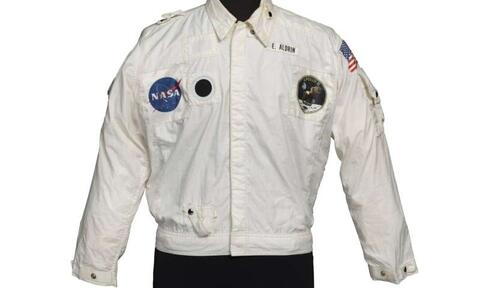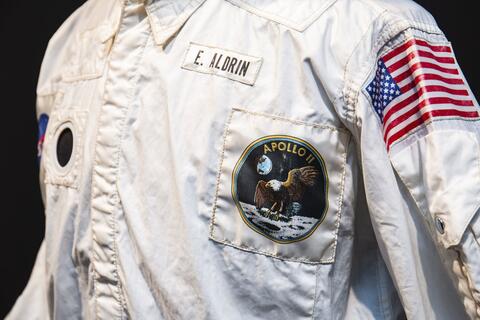"American Icon" Jacket that flew to the Moon sold for record price at auction
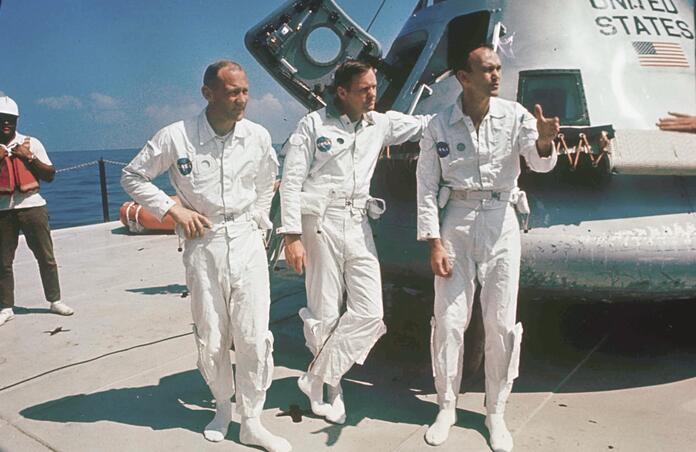
"After deep consideration, the time felt right to share these items with the world, which for many are symbols of a historical moment, but for me have always remained personal mementos of a life dedicated to science and exploration. I hope that this collection offers some insight into what it has been like to be Buzz Aldrin."
At 92, Buzz Aldrin is the last living member of the 1969 Apollo 11 crew, which was the first to land on the Moon, making him the second man to ever walk on a celestial body other than our Earth. He recently gave up 69 of his personal items, including numerous flight plans and data cards, but also and uniquely, his Inflight Coverall Jacket, to be sold at an auction. Sotheby's, the organiser, titled the sale "Buzz Aldrin: American Icon” and on the 26th of July, the race to make the highest offer began, to exceed all expectations.
The highest bidder had to fork out $ 2’772’500 for this exceptional object from the history of space exploration. Not only is this the highest price ever paid for any American space-flown artifact sold at an auction, but Aldrin’s jacket is also the only piece of clothing from Apollo 11 to have ever been sold for private ownership.
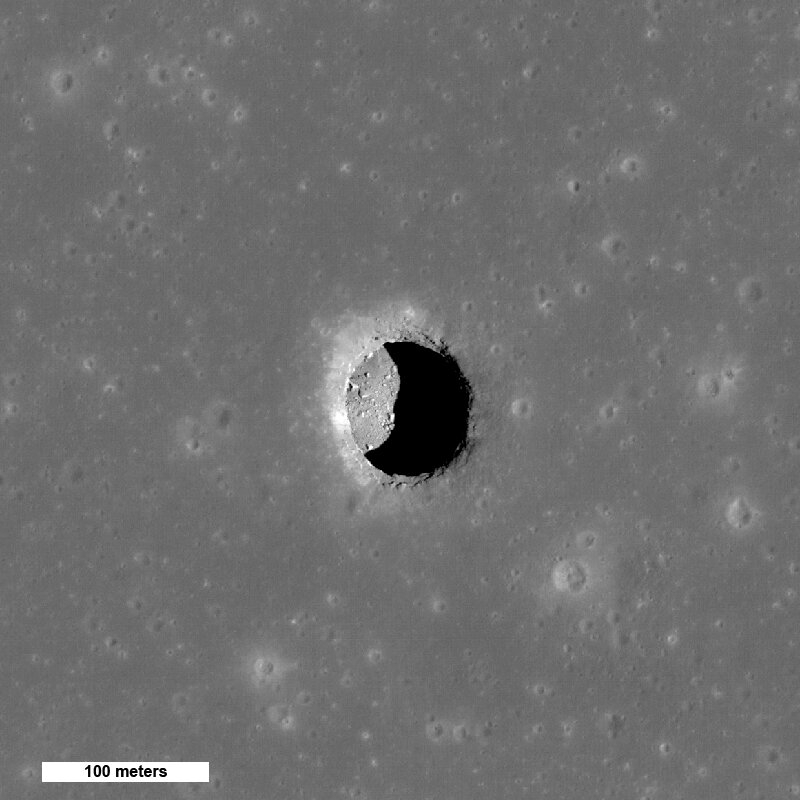
Jackets, though, won’t by themselves be enough to keep astronauts alive on the Moon for extended periods of time. But this week, the Lunar Reconnaissance Orbiter (LRO) may just have found safe spots for a lunar base. Astronomers have been aware of the presence of lunar pits since 2009, and then their potential to shield human explorers from solar radiation, cosmic rays and micrometeorites had already been recognised.

What’s new are the LRO’s measurements of these pits’ temperature. Because the Moon is tidally locked to the Earth, a “day” on the Moon lasts about 2 weeks (half a lunar phase cycle), so that the temperature can climb up to 127° C before falling down to -173° C at “night”. In these pits however, the temperature remains quite stable at a comfortable 17° C.
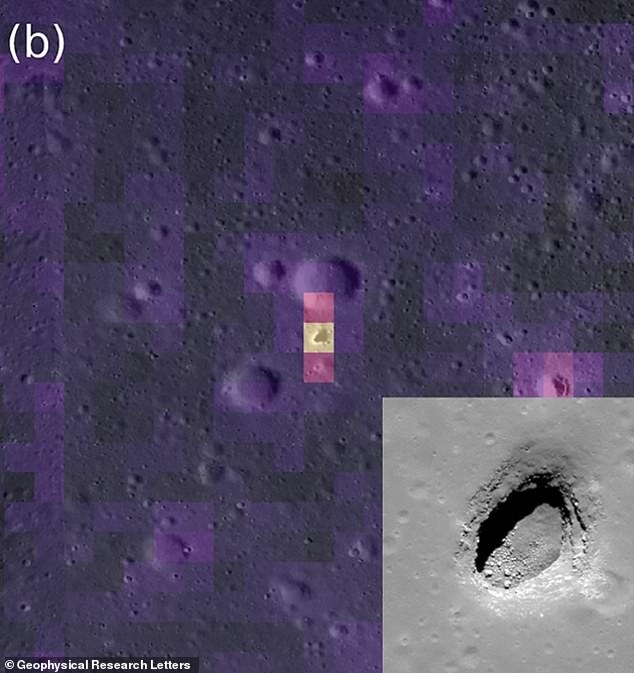
Moreover, the pits are most likely to have formed when lava tubes collapsed – molten lava flowed underneath a solidified crust, eventually forming a hollow tube, the ceiling of which collapsed. This opens up the possibility that there might be “caves” that the pit leads into – the remainders of the aforementioned tubes. These caves would likewise be protected against extreme temperature variations, which makes them targets of choice for space agencies, of which multiple have indicated interest in constructing a Moon base sooner rather than later.
The promising avenue that these caves constitute, are all the more exciting considering recent developments in our capability to map the surface of the Moon: a PhD candidate at the University of Copenhagen has been working on an algorithm which determines a rocky body’s topography from shadows seen in images of its surface. An orbiter like the LRO can reach a resolution of about 300 feet, but knowing about the presence and shape of small features is vital too, whether for rover operation or landing of manned missions. By inputting details about rock formation, such precise details can be calculated with the student’s new tool. More applications that she is thinking about notably include assessing the shape of little rocks on Mars (as imaged by rovers) in order to find former presence of water.
As the Apollo 11 mission continues to make history, astronomers persist to study our celestial companion for a potential return.
Cover Image: Apollo 11 crew, AP Photo
Image Credits:
1 - Aldrin, NASA
2 & 3 - The Jacket for auction, Sotheby's
4 - Mare Tranquilitatis pit, NASA/GSFC/Arizona State University
5 - Marius Hills taken by LRO, NASA/GSFC/Arizona State University
6 - Fig. 1b from Horvath et al., 2022
7 - Fig 12 from Fernandes et al., 2022

